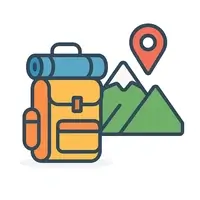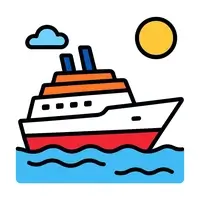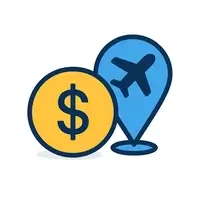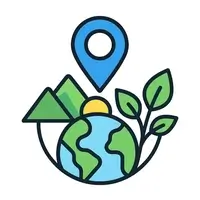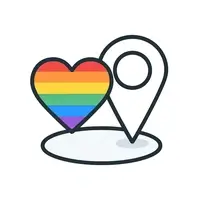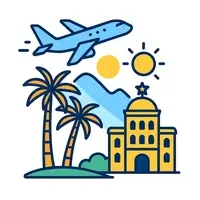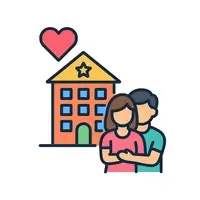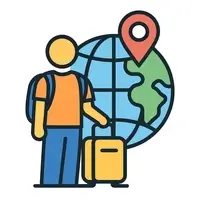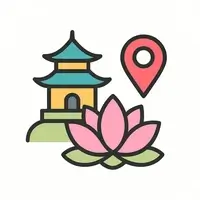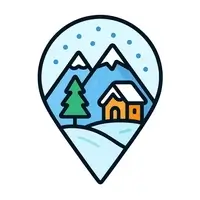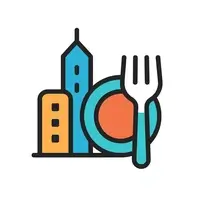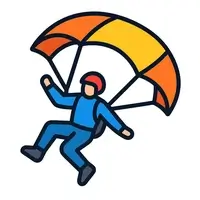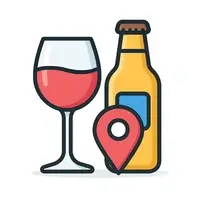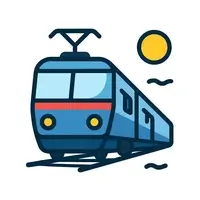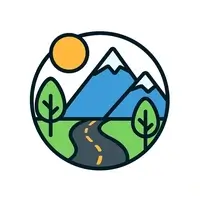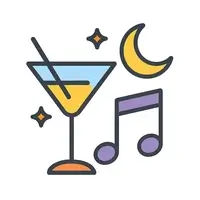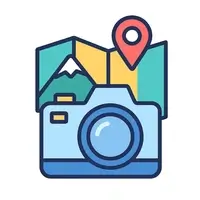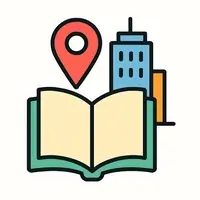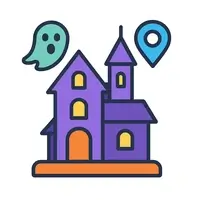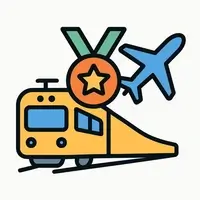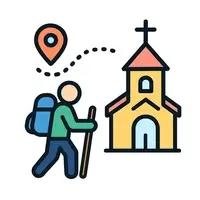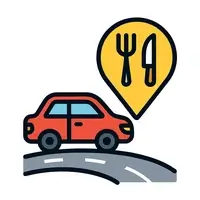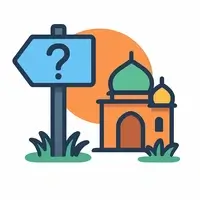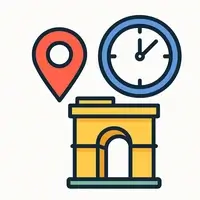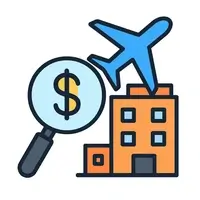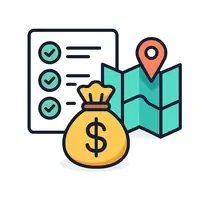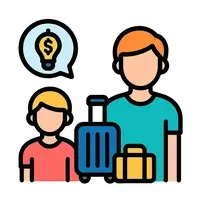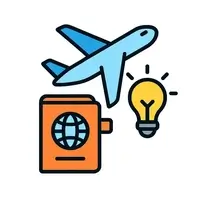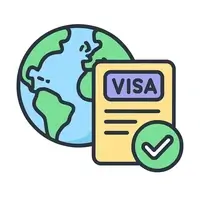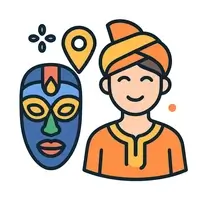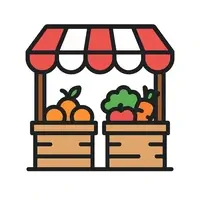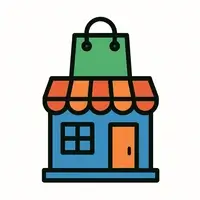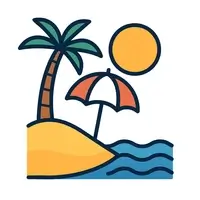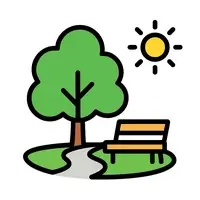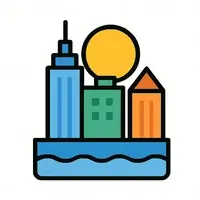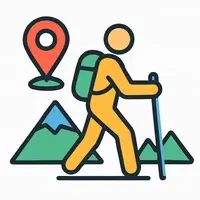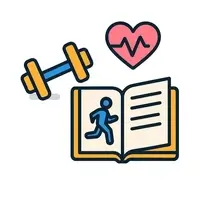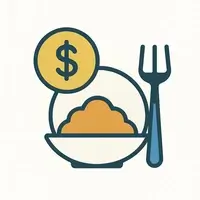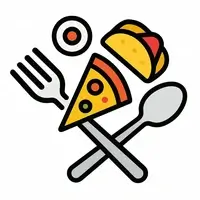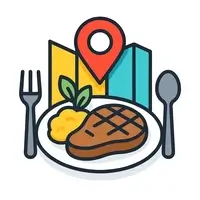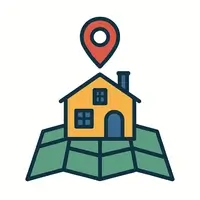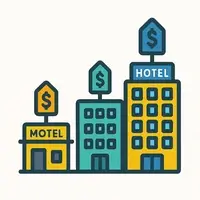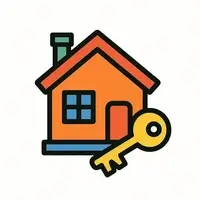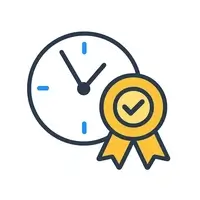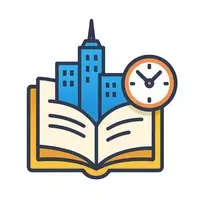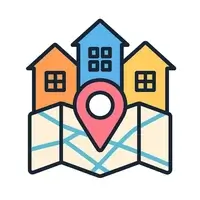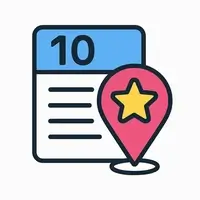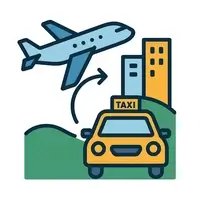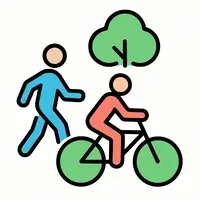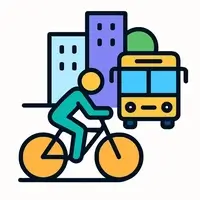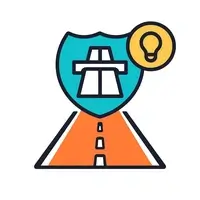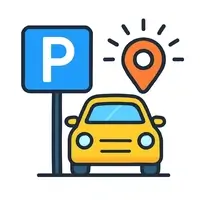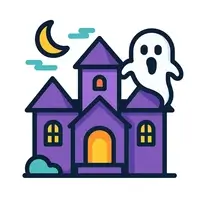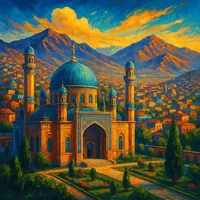
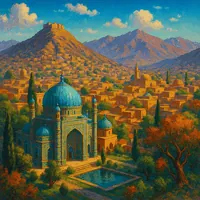
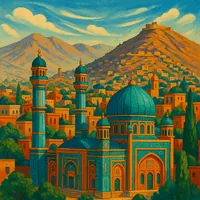
Kabul, Afghanistan
Population: 4,273,156
Kabul, Afghanistan’s capital, stands as a vibrant tapestry of historical epochs and resilient spirit. Nestled in a valley surrounded by rugged mountain landscapes, it uniquely intertwines ancient Silk Road legacies with modern-day pulse. The Kabul River, slicing through the city, breathes life into its bustling bazaars and vibrant cultural enclaves. Notably, the Gardens of Babur offer a serene glimpse into Mughal history, while the city's traditional tea culture fosters communal resilience amidst diverse influences.
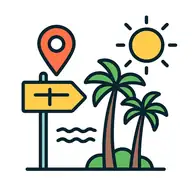

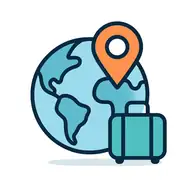
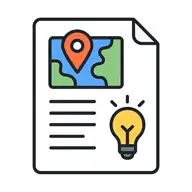




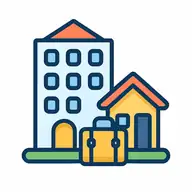
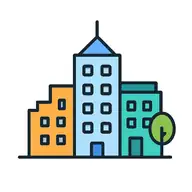
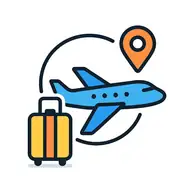


Notable points about Kabul
- Historical Significance: Kabul is one of the oldest cities in the world, with a history that spans over 3,500 years. It has served as a cultural and political hub in the region, having witnessed the rise and fall of multiple empires, including the Mauryans, Mongols, and the Mughals. For history enthusiasts, Kabul offers a rich experience of ancient monuments and memories of civilizations past.
- Cultural Diversity: As the capital and largest city of Afghanistan, Kabul is a melting pot of various ethnic groups, including Pashtuns, Tajiks, Hazaras, and Uzbeks. The city's vibrant tapestry of languages, traditions, and festivals offers an intriguing cultural fusion for visitors and residents alike.
- Educational Hub: For those seeking academic pursuits, Kabul is home to several prestigious institutions such as Kabul University and the American University of Afghanistan. These institutions attract scholars and students from both within and outside the country, enhancing the city’s intellectual vitality.
- Unique Geography: Nestled in a valley between the Hindu Kush mountains, Kabul is characterized by its unique geographical setting, offering picturesque landscapes and challenging terrains for adventurers. This makes it an attractive destination for nature lovers and adventure seekers.
- Political Center: As the political epicenter of Afghanistan, Kabul hosts the majority of the country's governmental institutions, foreign embassies, and diplomatic missions, making it a key player in shaping national and international policies.
- Vibrant Markets: The bustling bazaars of Kabul, such as the famous Chicken Street, provide a colorful and lively shopping experience. These markets offer everything from traditional Afghan handicrafts to modern goods, appealing to shopaholics and culture seekers.
- Culinary Delights: Food enthusiasts will appreciate Kabul's diverse culinary offerings, where traditional Afghan dishes such as kabuli pulao, mantu, and ashak are celebrated. The city's unique blend of flavors reflects its rich cultural tapestry and appeals to food connoisseurs around the world.
- Resilience and Reconstruction: Despite decades of conflict, Kabul has demonstrated remarkable resilience and recovery. Its ongoing reconstruction efforts and development initiatives highlight the indomitable spirit of its residents, making it an inspiring case of urban resilience.
- Family-Friendly Attractions: For families, Kabul offers attractions such as the Kabul Zoo and Bagh-e Babur, providing recreational and educational opportunities for children and adults. These spaces offer a glimpse of Kabul's commitment to preserving heritage while providing contemporary family-friendly experiences.
- Unique Role within Afghanistan: Unlike other Afghan cities, Kabul's unique blend of modernity and tradition, coupled with its role as the administrative and cultural hub, sets it apart. Its metropolitan nature and international touch contrast with the more traditional and rural characteristics of Afghanistan’s other cities, making it a city of contrasts and a symbol of hope for the future.
Summarized Traveller Reviews
Kabul's Neighborhoods
Shar-e-Naw
🎯 Key Attractions
- Shar-e-Naw Park: A leafy park that’s lively on weekends, even if the benches have seen better days.
- Flower Street Market: Vendors selling everything from flowers to second-hand novels in English and Dari.
- The Tea House Under the Pine: A small, hidden tea spot where the owner insists on telling stories from pre-war Kabul.
✨ Unique Aspects
Mix of embassies, old cafés, and chaotic traffic; a place where you can still find echoes of Kabul’s pre-conflict bohemian life.
Wazir Akbar Khan
🎯 Key Attractions
- Embassy Row: Wide streets lined with embassies and high walls.
- Bibi Mahro Hill: A spot for panoramic city views, if you can manage the climb and the checkpoints.
- The Old Book Trader’s House: A private residence turned into a semi-secret library for expats and locals alike.
✨ Unique Aspects
Known for its wide streets and quiet evenings; it feels safe but sometimes lacks the city’s raw vibrancy.
Karte Seh
🎯 Key Attractions
- Kabul University: Once the pride of Afghan academia, still a place for young energy despite hard times.
- Cinema Pamir: A relic of Kabul’s golden film era.
- The Philosopher’s Courtyard: A hidden courtyard café where debate still feels alive, albeit in hushed tones.
✨ Unique Aspects
Home to old scholars, quiet streets, and faded bookstores that smell like the 1960s.
Karte Char
🎯 Key Attractions
- Karte Char Bazaar: Bustling street market where haggling is part of the soundtrack.
- Ghazi Stadium: Once infamous, now a gathering place for sports and community events.
- The Corner Bread Oven: A bakery where the tandoor’s warmth pulls you in on cold mornings.
✨ Unique Aspects
Not touristy—just daily Kabul life, unfiltered and unpolished.
Deh Afghanan
🎯 Key Attractions
- Ministry of Foreign Affairs: A landmark of modern Afghan politics.
- Pul-e-Khishti Mosque: Kabul’s largest mosque, with a history as layered as the city itself.
- The Calligrapher’s Lane: A narrow street where sign-painters still practice their craft.
✨ Unique Aspects
Feels like a bridge between old Kabul’s winding streets and the bureaucratic bustle of the present.
Qala-e-Fatullah
🎯 Key Attractions
- Local Fresh Market: Vendors selling seasonal fruits and vegetables with neighborly charm.
- Small Mosque with Blue Dome: A neighborhood landmark.
- The Rooftop Chess Club: Locals gather to play under the open sky.
✨ Unique Aspects
A place where new apartment blocks rise next to decades-old houses with grapevines in the courtyard.
Karte Parwan
🎯 Key Attractions
- Bibi Mahro Garden: A peaceful green space with views of the mountains.
- Italian Pizzeria: A longstanding foreign-run eatery.
- The Lamp-lit Alley: A small side street that comes alive with food stalls after dusk.
✨ Unique Aspects
Quiet streets, large houses, and gardens that whisper of a Kabul before checkpoints.
Microrayon
🎯 Key Attractions
- Microrayon Bazaar: A utilitarian market selling everything from electronics to spices.
- Old Cinema Hall: Abandoned but still a landmark.
- The Rooftop Pigeon Loft: A meeting place for local pigeon keepers.
✨ Unique Aspects
Concrete blocks, wide streets, and a sense of Kabul’s socialist-era dreams, now repurposed for everyday hustle.
Shor Bazaar
🎯 Key Attractions
- Spice Stalls: Aromatic mounds of saffron, cumin, and dried fruit.
- Carpet Workshops: Artisans knotting intricate designs.
- The Copper-smith’s Courtyard: Where metalworkers’ hammers set the rhythm.
✨ Unique Aspects
A place where bargaining is an art form and the air smells like a centuries-old recipe.
Dasht-e-Barchi
🎯 Key Attractions
- Local Hawker Streets: Food vendors selling bolani and kebabs.
- Community Halls: Spaces for weddings and cultural events.
- The Lantern Festival Night: An informal gathering where paper lanterns light the evening sky.
✨ Unique Aspects
Crowded but full of neighborly warmth and resilience.
Taimani
🎯 Key Attractions
- Street Food Stalls: Fried snacks and tea served until late.
- Local Gyms: Bodybuilding is unexpectedly popular here.
- The Music Basement: An unmarked basement where bands rehearse in secret.
✨ Unique Aspects
Dense housing, active nightlife by Kabul standards, and a hub for young entrepreneurs.
Pul-e-Surkh
🎯 Key Attractions
- Pul-e-Surkh Bridge: Once a meeting point for artists and poets.
- Old Book Café: Café filled with donated paperbacks and mismatched chairs.
- The Alley of Painted Doors: Residents have painted their front doors in vivid colors.
✨ Unique Aspects
Still clings to its artistic soul, though the mood is more subdued these days.

